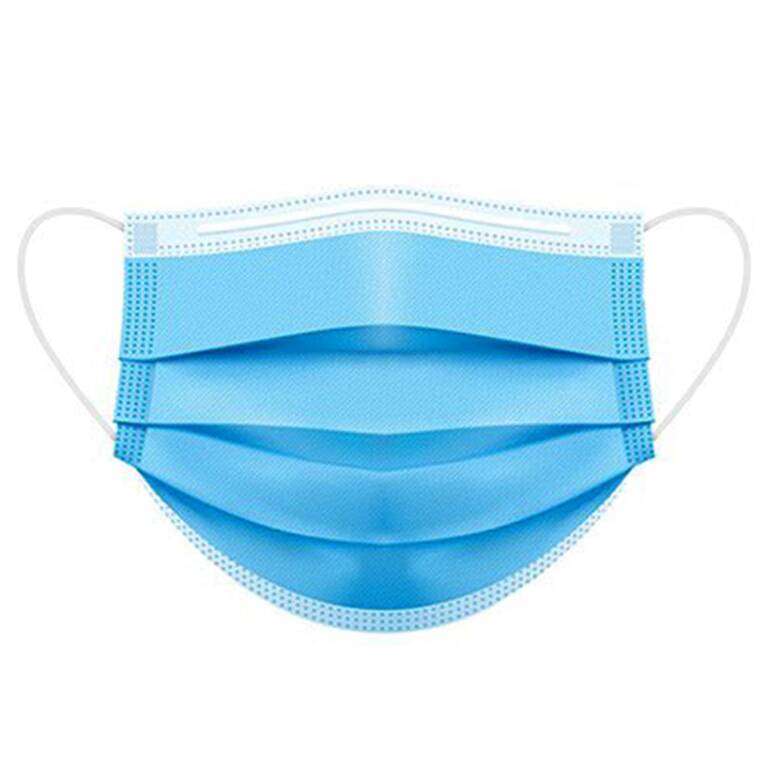Project Report For Face Mask
Introduction
The project report for Face mask is as follows.
A face mask is a covering that is worn over the nose and mouth to protect the wearer and others from the spread of respiratory droplets containing viruses, germs, or other hazardous particles. Face masks have grown increasingly popular in recent years as a result of the COVID-19 outbreak.
A face mask’s principal function is to prevent the spread of respiratory droplets that may be emitted when an infected person speaks, coughs, or sneezes. This is especially crucial for asymptomatic or pre-symptomatic persons, as they may not realise they are sick and may unwittingly spread the virus to others.

Face masks can be constructed from many materials such as fabric, paper, and synthetic fibres. The efficiency of a face mask in avoiding the spread of respiratory droplets is determined by a number of factors, including the type of mask, the material used, and how it is worn.
Face masks, in addition to reducing the spread of respiratory droplets, can give some amount of protection from inhaling airborne particles. The degree of protection provided by a face mask, however, varies depending on the type of mask and the material used to make it.
Benefits Of Face Mask
Wearing a face mask has several advantages, especially during a pandemic, when respiratory infections spread quickly. For starters, masks can reduce the danger of infecting others by preventing the passage of respiratory droplets from the wearer to others. Second, masks can shield the wearer from breathing infectious droplets from others, lowering the chance of infection. Third, masks can act as a warning to people not to touch their faces, which can help to prevent the spread of germs. Fourth, masks can help reduce the overall virus load in the environment, making a person less likely to become infected. Overall, using a face mask can help to prevent the spread of respiratory illnesses.
Market Potential Of Face Mask
The global face mask market was worth USD 465.4 million in 2019 and is predicted to expand at a compound yearly growth rate (CAGR) of 22.7% between 2020 and 2027. The market is being driven by customer demand for ornamental pollution filtering face mask products. People have been wearing fashion face masks to protect themselves from pollution, dust, and intense sunlight without sacrificing their style. Anti-pollution fashion face mask had the highest share of 66.1% in 2019 and is predicted to continue its lead throughout the forecast period. Globally, increasing urbanisation and industrialisation practises represent an alarming danger to air quality standards. According to the American Lung Association, approximately 133.9 million people in the United States are exposed to harmful air conditions each year. As the quality of the air continues to deteriorate, individuals are turning to designer and fashion anti-pollution face masks to protect themselves from pollution while also complementing their fashion sense.
In 2019, Asia Pacific emerged as the largest geographical market for a face mask, accounting for more than 30.0% of the total. People in nations such as South Korea, Japan, and parts of China often wear what are known as courtesy masks to protect themselves from dust and pollution, as well as to keep their germs from infecting others, especially during the cold season. Furthermore, well-known bands in these countries follow these practises. K-pop music celebrities, for example, have been seen wearing stylish black face masks during several of their performances in Japan and other parts of Asia.
Project Report Sample On Face Mask
Need Help?
Create 100% Bankable Project Report
